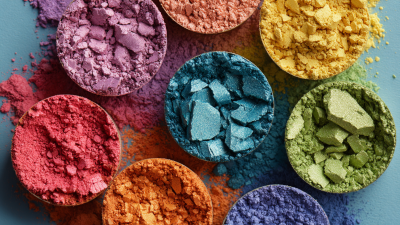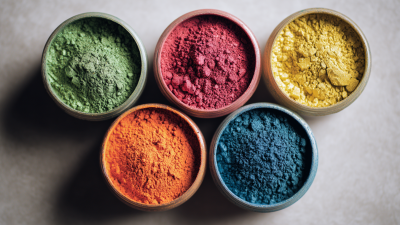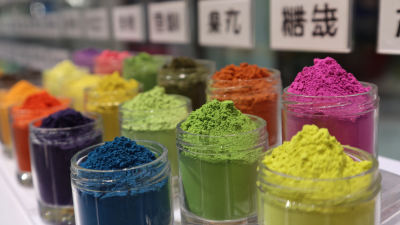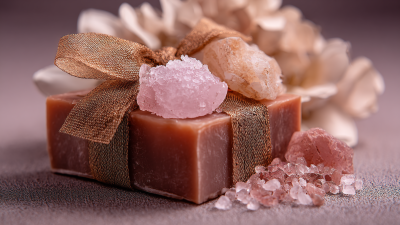 In recent years, the art and craft industry has witnessed a remarkable surge in the use of Mica Color Powder, a versatile medium known for its vibrant pigments and adaptability across various creative projects. According to a report by ResearchAndMarkets, the global crafting market was valued at approximately $43 billion in 2020 and is projected to grow significantly, driven by increasing consumer interest in DIY art projects. Mica Color Powder stands out as a preferred choice for artists, enabling unique applications in resin art, paint, and cosmetics due to its non-toxic and shimmering properties. Furthermore, the rise of social media platforms has inspired countless individuals to explore their artistic potential, highlighting the demand for innovative materials like Mica Color Powder to create stunning, one-of-a-kind pieces. As this trend continues, unleashing creativity through Mica Color Powder can be an exciting avenue for both amateur and professional artists alike.
In recent years, the art and craft industry has witnessed a remarkable surge in the use of Mica Color Powder, a versatile medium known for its vibrant pigments and adaptability across various creative projects. According to a report by ResearchAndMarkets, the global crafting market was valued at approximately $43 billion in 2020 and is projected to grow significantly, driven by increasing consumer interest in DIY art projects. Mica Color Powder stands out as a preferred choice for artists, enabling unique applications in resin art, paint, and cosmetics due to its non-toxic and shimmering properties. Furthermore, the rise of social media platforms has inspired countless individuals to explore their artistic potential, highlighting the demand for innovative materials like Mica Color Powder to create stunning, one-of-a-kind pieces. As this trend continues, unleashing creativity through Mica Color Powder can be an exciting avenue for both amateur and professional artists alike.
Mica color powder has emerged as a popular medium in the art world, known for its vibrant hues and shimmering effects. Ground from natural minerals, mica provides a unique texture that enhances various art forms, from painting to resin projects. The science behind mica lies in its layered structure, which reflects light, creating a luminous finish that captivates viewers. This optical phenomenon allows artists to experiment with light and color, adding depth and intrigue to their pieces.
When working with mica color powder, here are a few tips to maximize its potential. First, always mix the powder with a binding agent, such as paint medium or resin, to ensure an even application. This also helps to maintain the vibrancy of the colors. Secondly, layering is key—apply thin layers of mica to build depth and explore different color combinations. Lastly, don’t shy away from combining mica with other materials like acrylics or inks. This versatility can lead to unexpected and stunning results, elevating your artwork to new heights.
Experimenting with mica can significantly impact your artistry. By understanding the properties of this mineral, artists can create innovative works that stand out in their originality. Whether you are applying it in fine art, crafts, or mixed media, mica color powder opens up a world of creative possibilities.
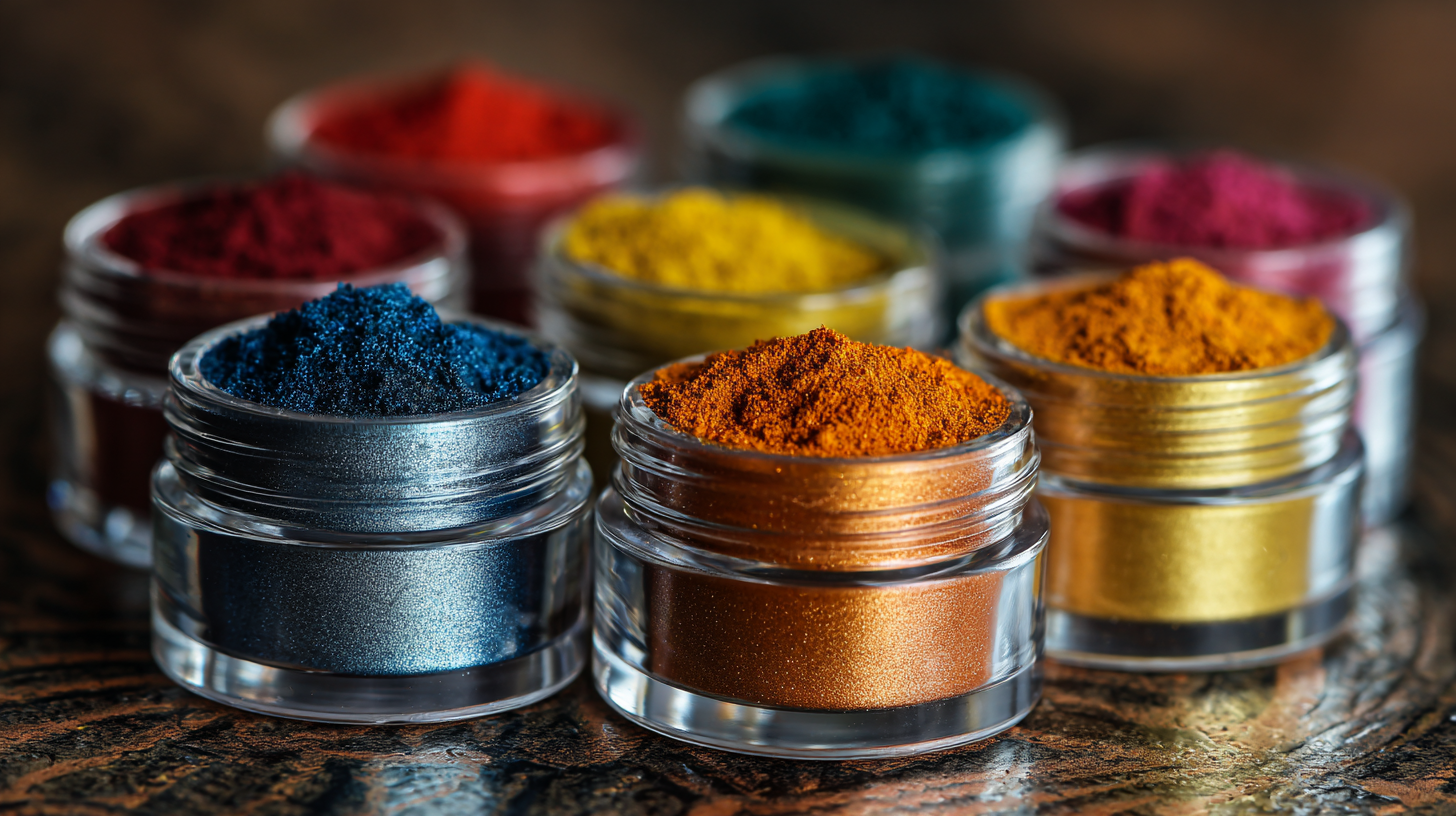
Mica color powder has emerged as a game-changer in the realm of art, thanks to its remarkable versatility across various forms. Artists can harness its shimmering qualities in painting, sculpture, and even mixed media projects. The fine particles of mica create a unique visual appeal, enhancing depth and dimension in artwork. In traditional painting, mixing mica powder with acrylics or oils can lead to captivating effects, inviting viewers to explore the nuances of color and light.
In addition to painting, mica powder’s adaptability shines in resin art. When incorporated into resin mixtures, these sparkling powders elevate ordinary pieces into extraordinary works. Artists utilize mica to produce striking geode-inspired designs or to add depth to abstract resin pours. Moreover, its ability to blend seamlessly with other materials makes it a favorite among crafters who create custom jewelry, home decor, and even cosmetics. With its endless applications, mica powder allows artists to express their creativity in innovative ways, turning simple projects into stunning masterpieces.
Mica color powder is rapidly gaining recognition in the art community for its versatility and eco-friendliness. As artists increasingly seek sustainable materials, mica offers a non-toxic alternative to traditional pigments. Not only does it provide vibrant colors and a sparkling finish, but it is also derived from natural sources, making it a fantastic choice for both amateur and professional creatives. By opting for sustainable materials like mica, artists can express their creativity while being mindful of their environmental impact.
When incorporating mica color powder into your projects, here are a few tips to enhance your experience: First, mix it with a medium that suits your art type—whether it’s resin, paint, or clay—to achieve the desired effect. Second, experiment with layering different colors to create unique shades and textures. Lastly, always test your mica on a small surface before committing to larger pieces to see how it interacts with other materials.
By embracing mica color powder, artists can not only attain stunning results but also contribute to sustainability in the art world. This shift towards responsible sourcing aligns with initiatives like RSPO certification, which encourages the use of sustainably sourced materials, further enhancing the benefits of choosing mica.
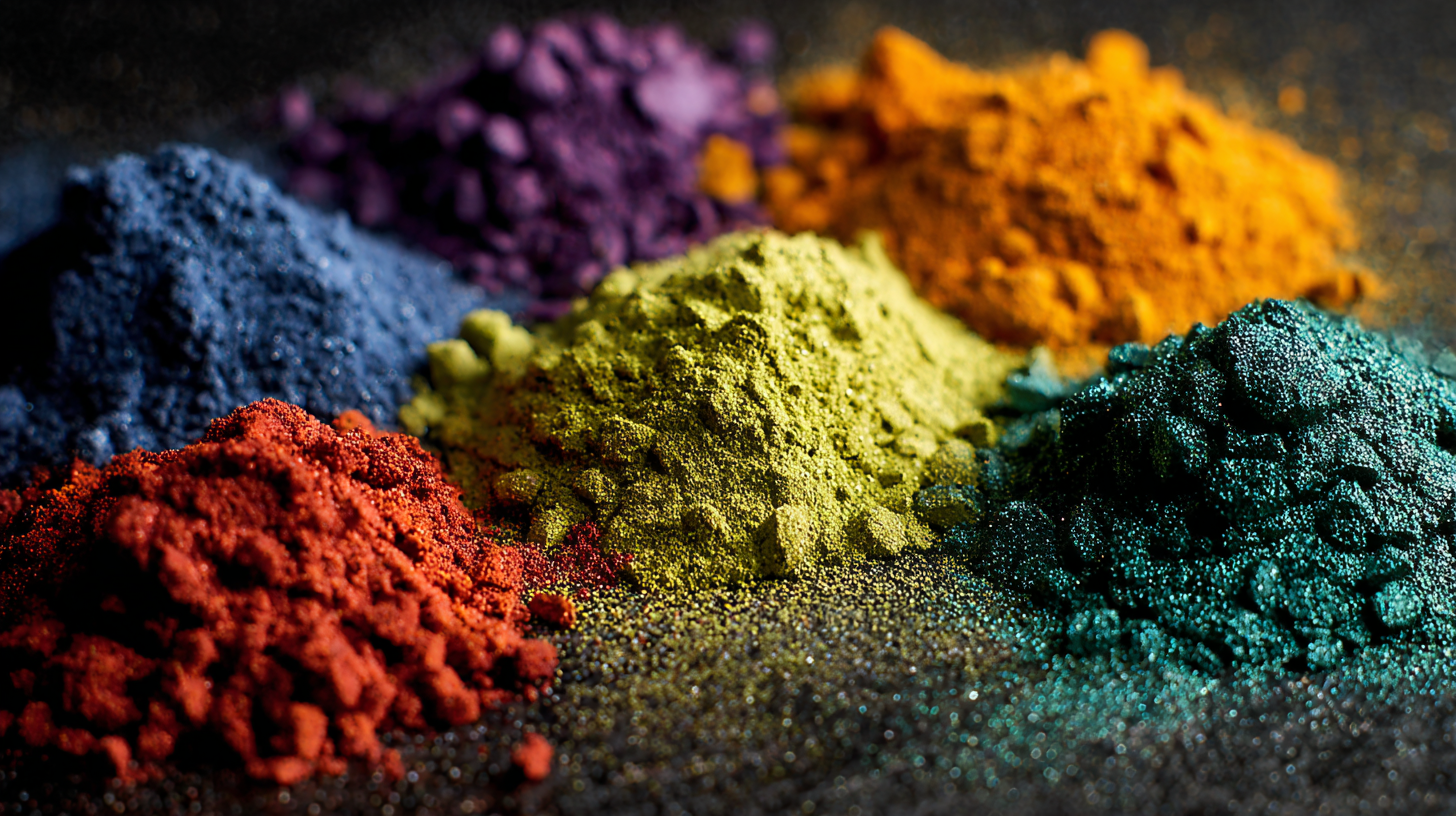
Mica color powder is gaining traction among artists seeking unique ways to enhance their creations. The latest trends indicate a significant rise in the adoption of mica powders, with a reported increase in usage rates reflecting their versatility in various art forms, including painting, sculpture, and DIY crafts. As artists turn to these vibrant pigments, they are finding innovative ways to incorporate mica into their projects, revealing a surge in interest and exploration.
To effectively utilize mica color powder in your art projects, consider these tips: First, mix mica powder with a suitable medium to achieve the desired shimmer and brightness. Watercolor mediums, acrylic gels, or resin can all create stunning effects. Second, experiment with layering techniques; applying different colors in layers can create depth and unique textures in your work. Finally, always test your combinations on small surfaces to see how they react before committing to larger pieces.
As this trend continues to rise, it mirrors broader shifts in artistic practices where materials like mica powder are not only enhancing visual appeal but also fostering new artistic expressions. The creative community is eager to adopt such innovative materials, showcasing how the blending of traditional techniques with modern trends can lead to extraordinary results.
When considering art projects, the choice between mica powder and traditional pigments can significantly impact the outcome. Mica powder, with its fine texture and shimmering qualities, offers a unique aesthetic that is hard to achieve with traditional pigments. Unlike conventional paints that may lack depth, mica powders add a vibrant shine and a three-dimensional effect to artworks. This makes them particularly popular for mixed media projects, resin art, and decorative pieces where light plays a crucial role.
**Tips:** When using mica powder, it's essential to remember that a little goes a long way. Start with a small amount and gradually increase until you reach the desired color intensity. Additionally, to enhance the luster, consider mixing mica powder with a clear medium, which can help distribute the color evenly while maintaining its sparkle.
In contrast, traditional pigments provide a broader range of opacity and are often more suitable for detailed illustrations and works where color blending is required. While they may not offer the same luminous effect, they allow for precise control when layering colors or creating subtle gradients. For artists who prioritize versatility, combining both mica powder and traditional pigments can result in truly unique art projects, showcasing the strengths of each material.

